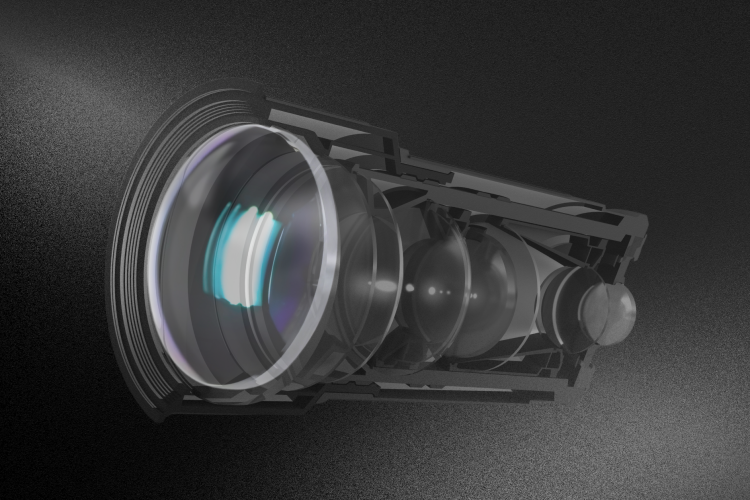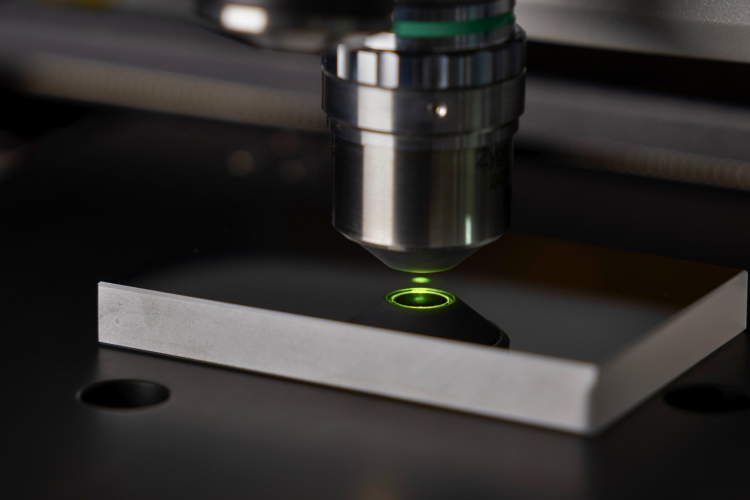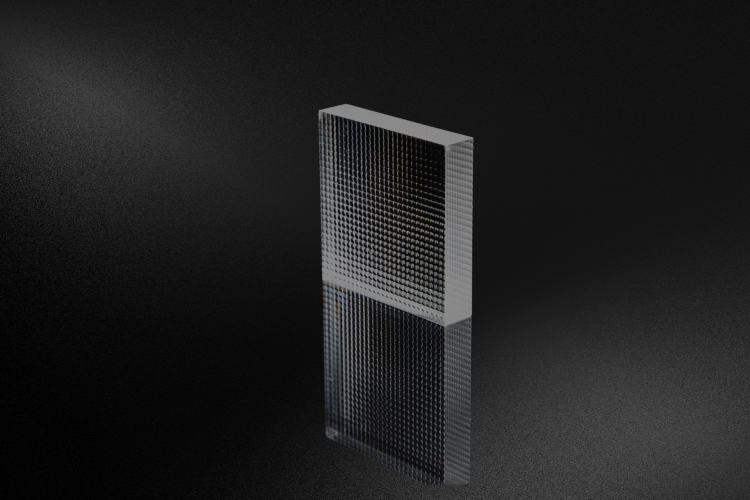Case Study: Athermalization Design Using Chalcogenide Glass in LWIR Infrared Lenses Overview As the demand for infrared imaging grows across defense, industrial, and smart applications, the challenge of maintaining stable imaging performance across temperature ranges becomes more critical. This case study by Avantier showcases how chalcogenide glass, a promising infrared optical material, was used to […]










